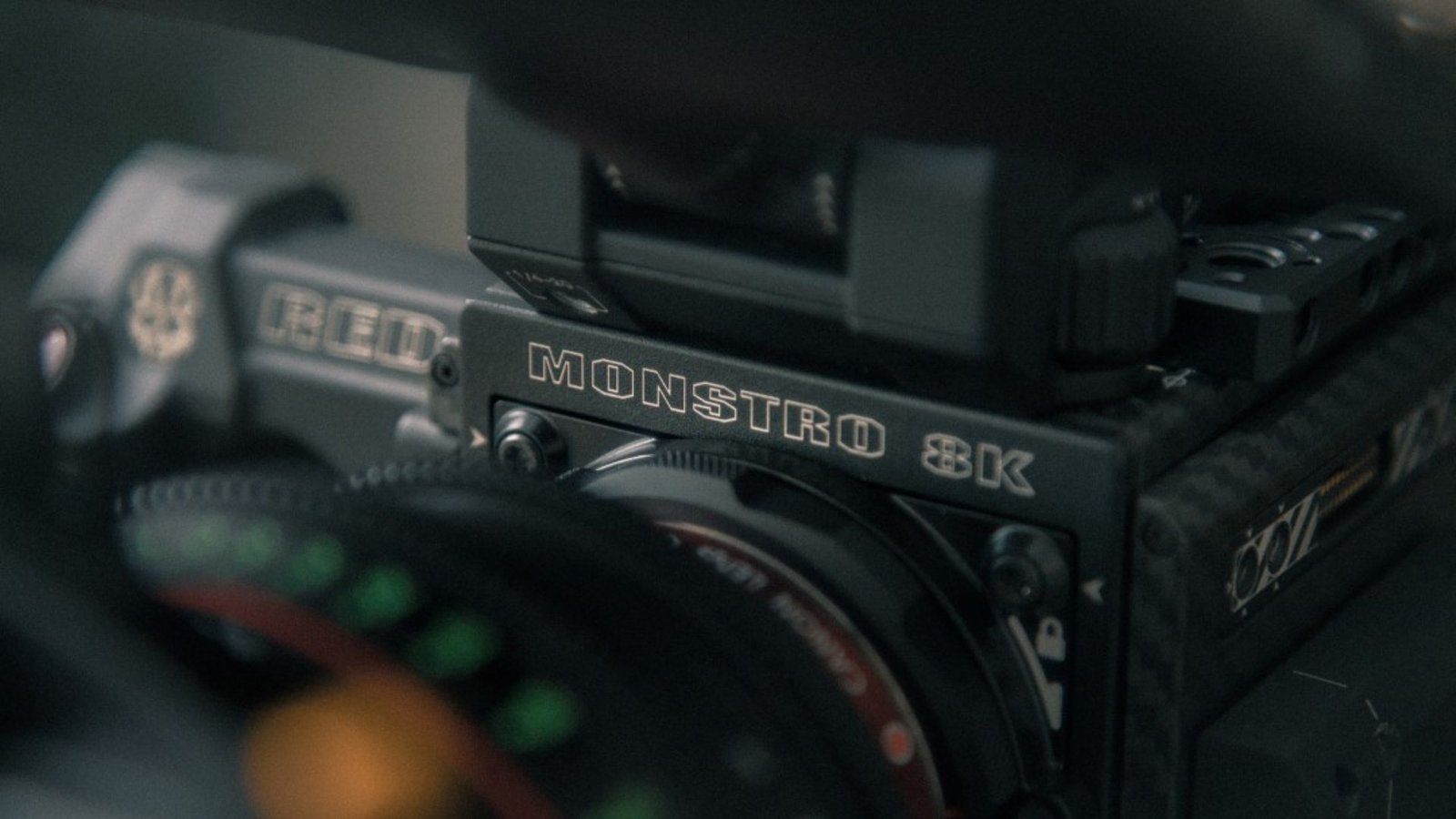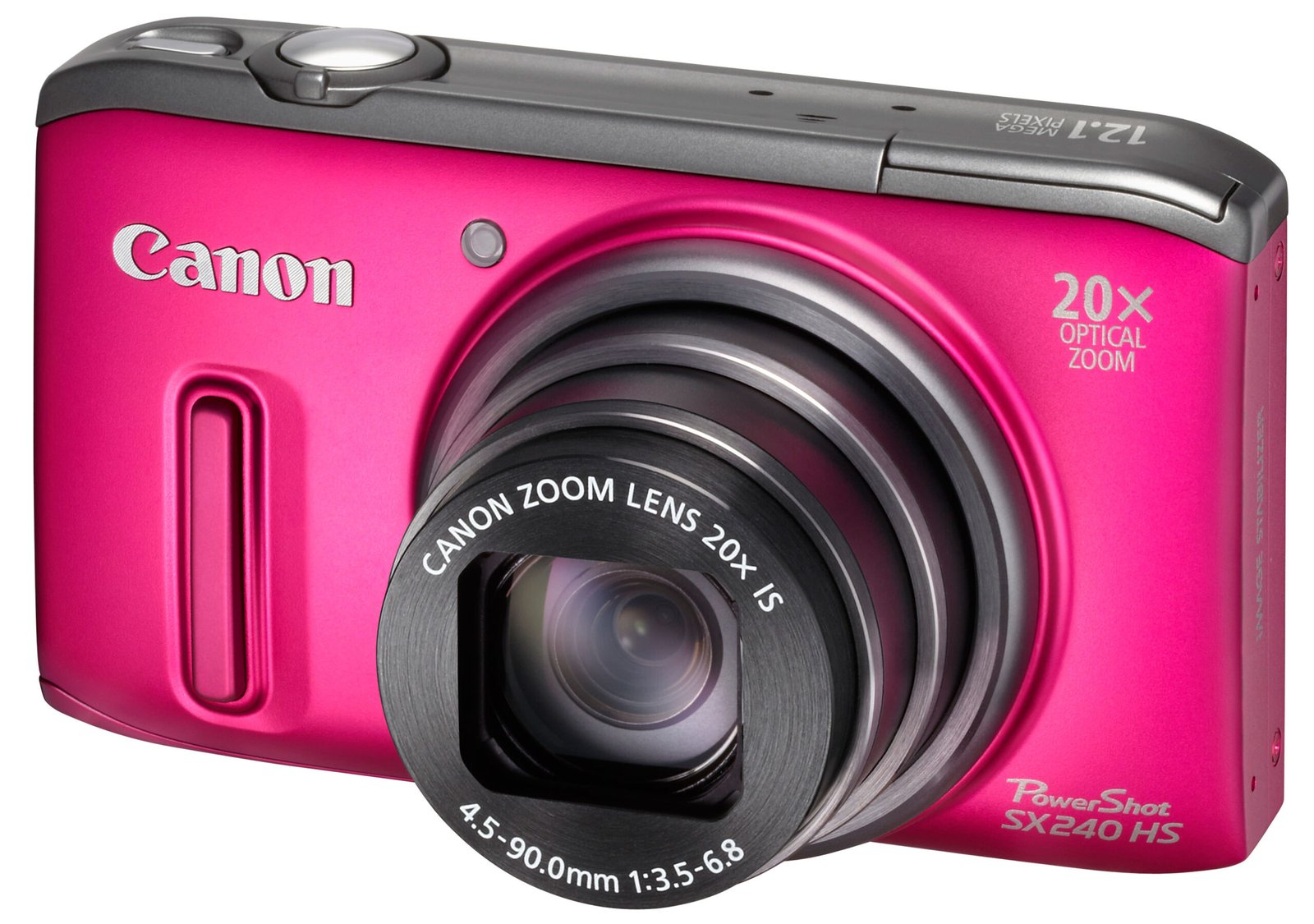In recent years, the evolution of camera technology has drastically changed the photography landscape. With the rise of 4K and 8K resolution, the way we capture, view, and edit images has transformed. These advanced resolutions provide photographers with unparalleled clarity, offering new possibilities for both still and moving images. Let’s explore how 4K and 8K technology have affected photography, what it means for creators, and how to fully utilize these innovations.

Higher Resolution for Greater Detail
One of the most significant changes that 4K and 8K technology has brought to photography is the sheer level of detail these resolutions provide. With 4K offering 8.3 million pixels and 8K boasting an incredible 33 million pixels, photographers now have the ability to capture images with astounding clarity. This increased pixel density allows for finer details and textures to appear much sharper and more vivid than ever before.
For landscape and architectural photographers, the ability to capture intricate details in large scenes is especially valuable. Small elements such as distant trees, intricate brickwork, or the delicate patterns in clouds are captured with remarkable precision. This higher resolution is also beneficial for commercial photographers, as clients demand larger and more detailed images for advertisements and print materials.
Post-Processing Flexibility
4K and 8K technology are not only about capturing more detail but also about providing flexibility in post-processing. The higher resolution means photographers can crop or zoom into images without losing image quality. For instance, an 8K image can be zoomed in significantly while still maintaining a high level of detail, making it possible to use a single shot for multiple compositions.
This flexibility is invaluable for photographers who often work in dynamic environments or need to adjust framing after taking the shot. It allows for greater creativity and control during the editing phase, enabling photographers to experiment with their shots without worrying about image degradation.
Enhanced Video Capabilities
While 4K has already made a significant impact on video production, the introduction of 8K has taken things to the next level. Video creators can now shoot in 8K resolution, which provides exceptional sharpness and clarity, especially when creating content for large screens or virtual reality applications. The level of detail in 8K video is so high that it feels as though you are viewing the scene with your own eyes, immersing viewers in a visual experience like no other.
For photographers who also venture into video, the jump from Full HD to 4K or 8K allows for dramatic improvements in visual quality. 4K and 8K cameras provide filmmakers with the ability to shoot footage that can be cropped, stabilized, and re-framed in post-production without sacrificing the original video quality. This is a powerful tool for filmmakers, especially when working with dynamic shots or fast-moving subjects.
Challenges of 4K and 8K Photography
While the benefits of 4K and 8K are evident, there are some challenges that come with these higher resolutions. The file sizes generated by 4K and 8K images are significantly larger than their lower-resolution counterparts. This means that storage capacity quickly becomes a concern, requiring photographers to invest in larger hard drives or cloud storage services to manage their work.
In addition to storage, processing power is essential when working with 4K and 8K files. These high-resolution images require faster memory cards, advanced processors, and more robust editing software capable of handling large amounts of data.
The Need for Advanced Display Technology
To fully appreciate 4K and 8K imagery, it’s essential to have the appropriate display technology. Without a 4K or 8K monitor or TV, it is impossible to experience the full quality of these high-resolution images.
Final Thoughts
4K and 8K technology have revolutionized the way we capture, edit, and experience photographs. The sheer detail and flexibility these resolutions provide have opened up new creative possibilities for photographers, enabling them to push the boundaries of their craft. While the challenges of file size and processing power remain, the benefits far outweigh the drawbacks. As 4K and 8K become more common, we can look forward to even more innovative ways to capture the world in stunning detail.











